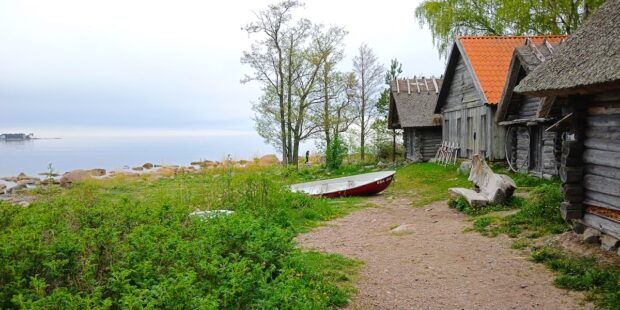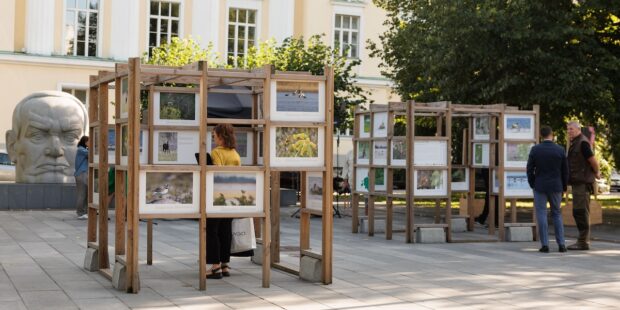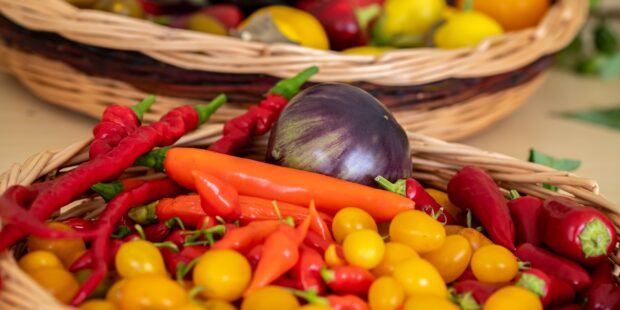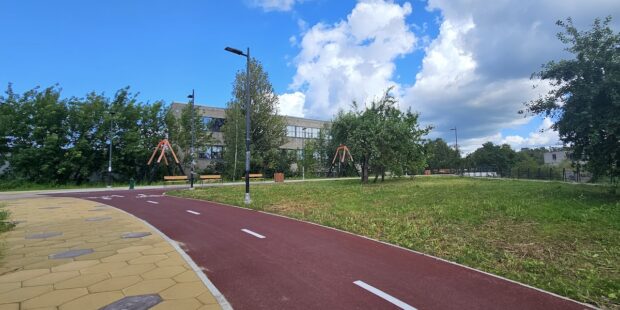Life on the famous Sibulatee is “warm-hearted, beautiful and full of friends and happy surprises”
Text Tuuli Hirvelä Photo Ahto Sooaru
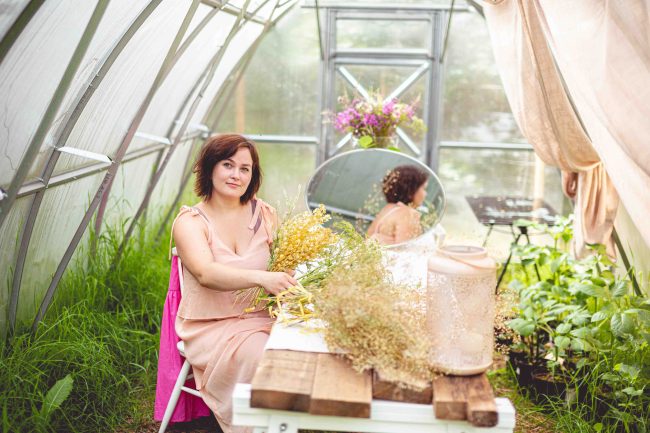 Tuuli Hirvelä's floral glory in Kokora.
Tuuli Hirvelä's floral glory in Kokora.
On a winter day, the first sunny one in December. Light creeps through the window onto a table covered with fir needles. Two large wreaths need to be delivered to the Nugise farm about a 20-minute drive away.
When we arrive, Ksenija, the owner, greets us with a warm hug, we hang the wreaths and I get to do a short tour of the farm before leaving. This is winter on the famous Sibulatee or Onion Road: warm-hearted, beautiful and full of friends and happy surprises.
I came to Estonia from Finland about nine years ago. From Tallinn, the road led to Tartu. From there, I moved a couple of years ago to the village of Kokora, with 70 inhabitants, by Peipsi Lake. My husband and I ended up in Kokora because there happened to be a suitable house for sale here at the right time.
Our house, a 200-year-old former liquor distillery, immediately charmed us with its grounds. Soon we began to understand what a wonderful region our new home is located in. I feel that I am in the right place and at home.
This spring I started my own company. I grow cut flowers, and also work as a florist. I follow the principles of the Slow Flowers movement, that is, the operation is local, ecological, non-toxic and takes environmental friendliness and sustainability into account. I grow flowers only in the natural growing season and in winter I use, for example, dried flowers and spruce branches in my work. I don’t use imported flowers at all.
Together with two other like-minded breeders, we founded the Estonian Slow Flowers Association (MTÜ Slow Flowers Estonia), whose goal is to share information and support local breeders. One of the encouraging factors for starting the company was Sibulatee, which connects local entrepreneurs from different fields in the Peipsi lake region.
For travellers, Sibulatee appears as a fascinating route along which you can explore, find things to do, places to stay, and have unique tasting experiences.
The attractiveness of the region lies in its original culture and nature, and above all in its sense of community. Small businesses and communities are like a patchwork of parts that together form a large, colourful blanket.
The actual cut flower season already starts in May with daffodils and tulips, but the preparations start much earlier.
My business has been well-received in the local area. Community spirit and belonging to a network gives a lot and brings commissioned work and collaborative projects.
The best thing about growing flowers is following the rhythm of nature. In spring, the snowdrops are the first to gently wake up, followed by the fireworks of tulips and daffodils. As spring progresses, the greenery deepens into the magical midsummer season, where peonies, allium and lilies bloom.
In late summer, the garden is full of beautiful flowers, butterflies and birds. In autumn, the colours start to slowly fade again. And, as the long nights grow ever deeper, gardeners plant bulbs for next year before a blanket of snow covers the garden.
To learn more about this and similar topicsFlorist Flowers okora Onion Road Peipsi Lake Sibultee Slow Flowers Estonia

